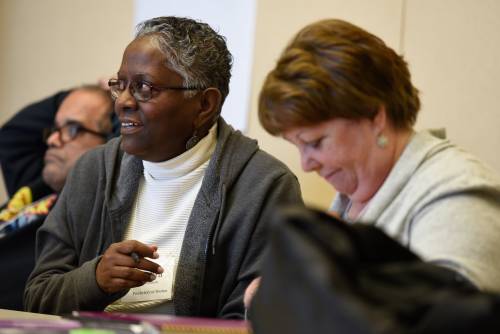"There is a Hole in the world now. In the place where he was, there's now just nothing. A center, like no other, of memory and hope and knowledge and affection which once inhabited this earth is gone. Only a gap remains. A perspective on this world unique in this world which once moved about within this world has been rubbed out. Only a void is left. There's nobody now who saw just saw what he saw, knows what he knew, remembers what he remembered, loves what he loved. A person, an irreplaceable person is gone. Never again will anyone apprehend the world quite the way he did. Never again will anyone inhabit the world the way he did. Questions I have can never now get answers. The world is emptier. My son is gone. Only a hole remains, a voice, a gap never to be filled."
Nicholas Wolterstorff - "Lament for a Son".
Unless my readers have lost someone very close, it is impossible to grasp the void left by death. Our family has been bereaved by the death of our beloved son, Landon. Landon was a unique person, so gifted and so full of love for others. He lived his Christianity by example, always with a deep concern for those in need. Nicholas Wolterstorff who also lost his son comes close to putting into words how many bereaved people feel, though nothing can really fully express the deep loss and utter devastation. This is how I feel if this feeling can even be comprehended. There is a deep truth to those words when our loved ones die. All the good they would have done in the world is gone with them. I want to be clear. Death is bad. Really bad. Its as bad as people say it is. Its unimaginable bad. The gap, the hole, the void that once was full of life, laughter, anger, fear, sadness, joy, in short life, is gone. Snuffed out. Nothing that I say in this post is meant to detract from the immensity that is the loss of the people we love in life.
As I was cleaning out Landon's belongings after his death, I came across something he has saved in his journal. It was a short faith statement that Landon wrote as part of his confirmation. It reminded me that while our loved ones are gone, and the void and emptiness is real, and there is a great loss that we have to come to terms with, there are still blessings that Landon left behind. He certainly lived his faith by always showing in his actions love, concern, care, mercy, and charity towards those who were strangers and familiar. In this short statement, Landon shared what it meant for him to be confirmed in the faith. Although his life was cut short, this was a reminder that there is something of us that remains. This certainly doesn't take the pain away. If anything, it hurts me all the more thinking of what the rest of Landon's life would have born into the world. Yet in his short life, his deeds of compassion and love went out into the world left a strong echo. As we are reminded in the book of Revelation,"indeed, blessed are those who die in the Lord, for they rest from their labors, and their works follow them (Rev. 14:13). I don't think Landon would mind me sharing just one of those things that he left behind. May it bless you as it has blessed others.
"I believe that Jesus died on the cross for our sins and on the third day he rose from the dead and ascended into heaven. I love God because God loved me first. As a member of this family, I will trust in God, and turn to God in prayer when I need help or comfort. As I grow in my faith, I will be led to do the good works that God intended for my life."
- Landon Gonzalez
Find Resources for suicide prevention for you or for someone you know.
988 Suicide hotline information
Depression and bipolar support
Families for Depression Awareness
American Psychiatric Association
Veterans Affairs Mental Health
American Association of Suicidology
Doug Center for Grieving Families
Society for the Prevention of Teen Suicide
Mind Tips for Coping with Suicidal Feelings
The Trevor Project help for LGBTQ+
5 Dos and Don'ts for helping people in distress
24/7 Crisis Hotline: 988 Suicide & Crisis Lifeline
988lifeline.org
If you or someone you know is struggling or in crisis, help is available. Call or text 988 or chat 988lifeline.org. Veterans, press 1 when calling.
Crisis Text Line
Text TALK to 741-741 to text with a trained crisis counselor from the Crisis Text Line for free, 24/7










